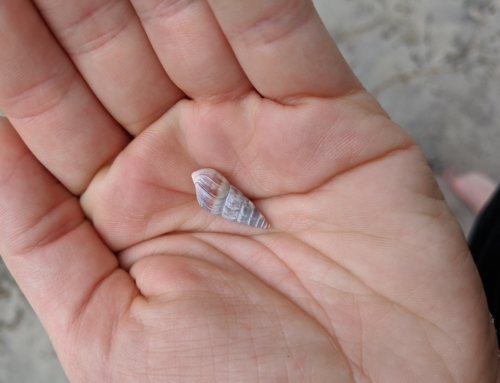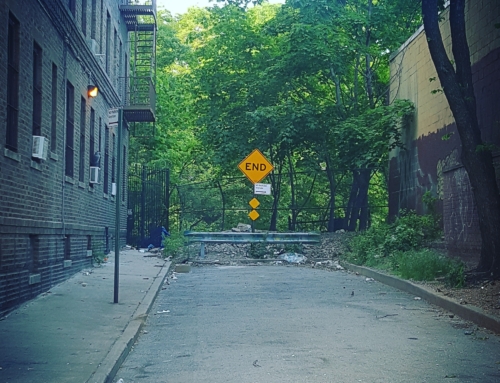Today was all about breaking things apart in my flamenco adventures. Breaking out of a boxed-in way of rehearsing and studying flamenco, and breaking down what flamenco is.
It started in the studio: I spent a long time deconstructing my choreography por seguiriya. I realized I can make about 5 different steps from the 1 long phrase I started from. And really, I could make a lot more. By deconstruct, I mean to say I broke the step up and saw how different parts function in different circumstances. What if I just take the first measure, change it so it resolves at the end, does it work as a llamada for the singer? Does it work as a remate (close) within the letra (song)? The phrase I started with I had learned from Manuela Ríos almost a year ago and hadn’t yet taken it apart yet to fully understand it.
In this process of deconstruction and experimentation, I began to understand how each movement functioned rhythmically and in its musical intentions for communicating with the musicians. I also was able to change different parts of the step to function better in different parts of the song or the dance. And in so doing, I realized I have a lot more material than I had initially thought. I played with the order of the movements. I played with the rhythms. It was great fun! And it made me understand the seguiriya better and gave me the capacity to create my own phrasing.
| Adrian Galia (Photo: mosaicoflamenco.com) |
Then, in Adrian Galia’s workshop, I learned a 14 count compás. A what?!?! Yes, a 14 count compás. For those of you not familiar with flamenco, the rhythms in flamenco are standard, each palo or style has a base rhythm, most are a form of 3/4, 4/4, or 6/8 time and counted in 6’s, 12’s, 5’s, 4’s or 8’s. They’re the base of flamenco. And I’d never heard of someone inventing a new one; I take the rhythms for granted. They are there and they cannot change and cannot be added to. It’s all about the different ways you can play within the rhythm. WRONG! You’ve gotta think outside the box. Why not make a new compás by arranging the 3’s and 4’s differently?
Galia’s class was a mental challenge more than anything–it was about hearing the melody of the rhythm, if that makes any sense. You can count the rhythm, and I definitely had to at first, but once the swing of the rhythm started to sink in, I was able to listen better and let the steps flow. I have to say, inventing a new rhythm may be one of the most innovative developments I’ve heard of in flamenco today. Most the innovators today work with the shapes and styles of their movement. With adding other musicians or collaborating with contemporary dancers. With the costuming and presentation. But adding a new rhythm!? That hasn’t been done for a long time. And even if Galia’s rhythm doesn’t become a bedrock of flamenco, it’s a genius idea and a serious workout for your musicality as a dancer.
All in all, today was about breaking apart pre-existing structures, realizing they’re not as unchangeable as I had previously thought, and it’s only in deconstructing that you can understand and in turn reconstruct and construct/create. Flamenco is an ever-evolving art form and to evolve, you cannot be afraid to break apart what is already there. That process has made me understand the dance better, and the work/experimentation necessary to keep growing. And yet it’s also made it harder to say what flamenco is. If everything can be altered, what’s flamenco?….I guess I’ll have to save that for another blog post….









Leave A Comment